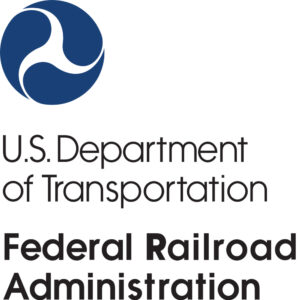 WASHINGTON — The Federal Railroad Administration has released its long-anticipated rule proposal to require two-person crews for trains, drawing predictable, and strong, reactions from railroads (which are opposed), and unions (which are in favor).
WASHINGTON — The Federal Railroad Administration has released its long-anticipated rule proposal to require two-person crews for trains, drawing predictable, and strong, reactions from railroads (which are opposed), and unions (which are in favor).
The Notice of Proposed Rulemaking would require two-person crews except for “certain low risk operations and circumstances where mitigating measures are in place to protect railroad employees, the public, and the environment.” It would also allow railroads to petition the FRA to continue legacy operations with one-person crews or to receive approval for new operations with fewer than two crew members.
Transportation Secretary Pete Buttigieg said the rule “will improve safety for America’s rail passengers — and rail workers — across the country,” while FRA Administrator Amit Bose said the agency is “committed to data-driven decision making” and that railroads will have an opportunity to operate with less than two crew members if they “perform a rigorous, thorough, and transparent risk assessment and hazard analysis, and FRA will provide an opportunity for public comment on these submissions.”
The FRA said the proposal would enhance safety by creating a uniform national standard in place of “the existing patchwork of state laws.”
The Association of American Railroads, the rail industry trade group, said in a statement that the proposed rule is a “misguided, political proposal that would stand in the way of future progress in the industry,” arguing it will put railroads at a competitive disadvantage to other modes of transportation.. AAR CEO Ian Jefferies said “there is no plausible safety justification for regulating the number of individuals physically located inside the cab of a locomotive.”
Meanwhile, Greg Regan, president of the Transportation Trades Department of the ALF-CIO, said the proposed rule “acknowledges that crew size is fundamentally a safety issue at its core. By creating a federal standard across the industry, the FRA can address the significant safety concerns presented by railroads operating with single person crews.”
The American Short Line and Regional Railroad Association also issued a statement opposing the rule, calling it an “ill-conceived, ill-timed, and unnecessary … mandate that would hinder the efficient operations of some small-business railroads, snarl the supply chain, and stifle innovation well into the future.” The ASLRRA said it plans to formally respond and outline “the many negative impacts” the rule would have on short lines.
The FRA will accept comments on the proposed rule to docket FRA-2021-0032 at the government’s regulations website. Comments will be accepted through Sept. 26.
— Updated at 6:45 p.m. CDT to include ASLRRA statement.






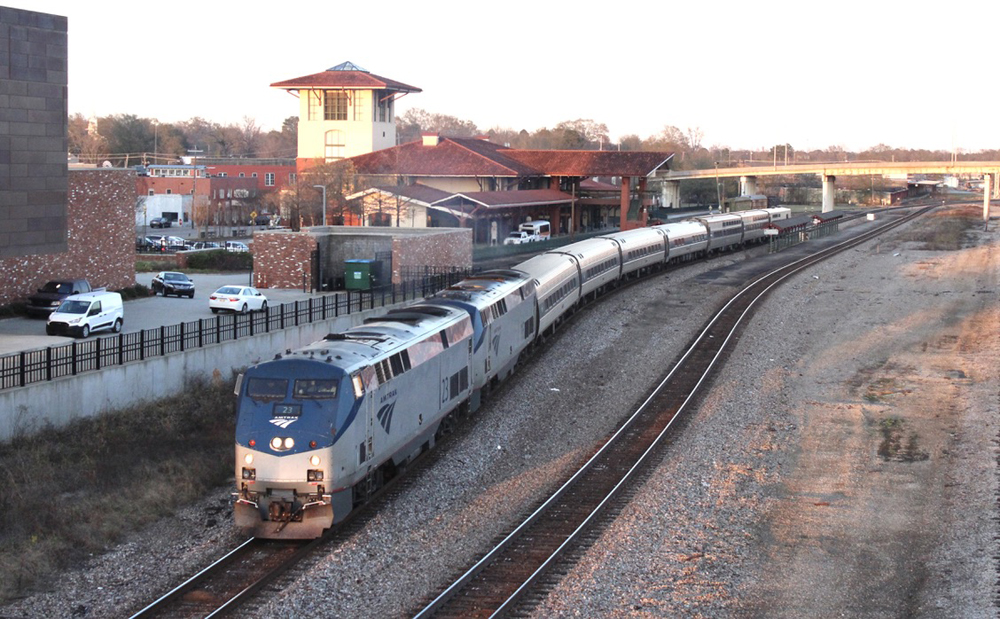
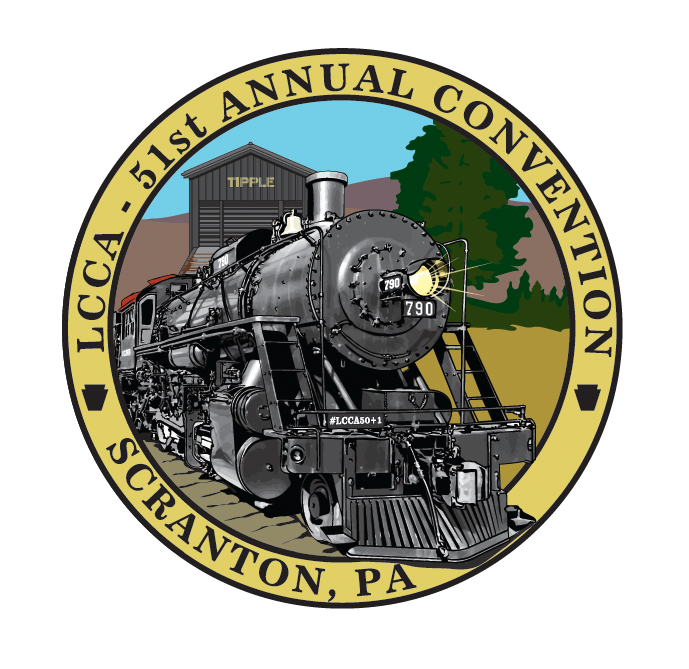
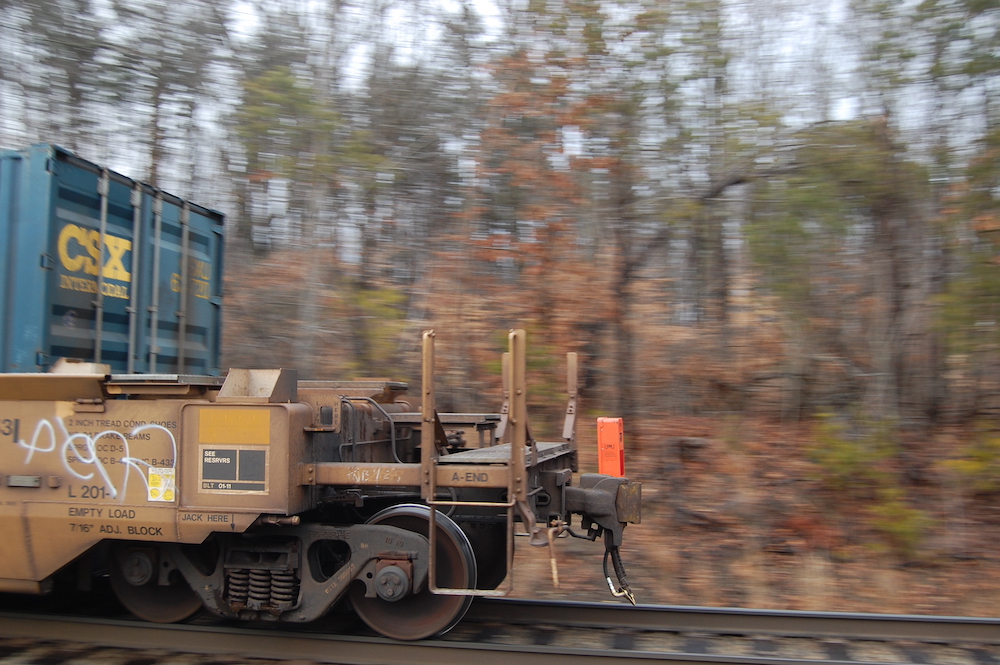
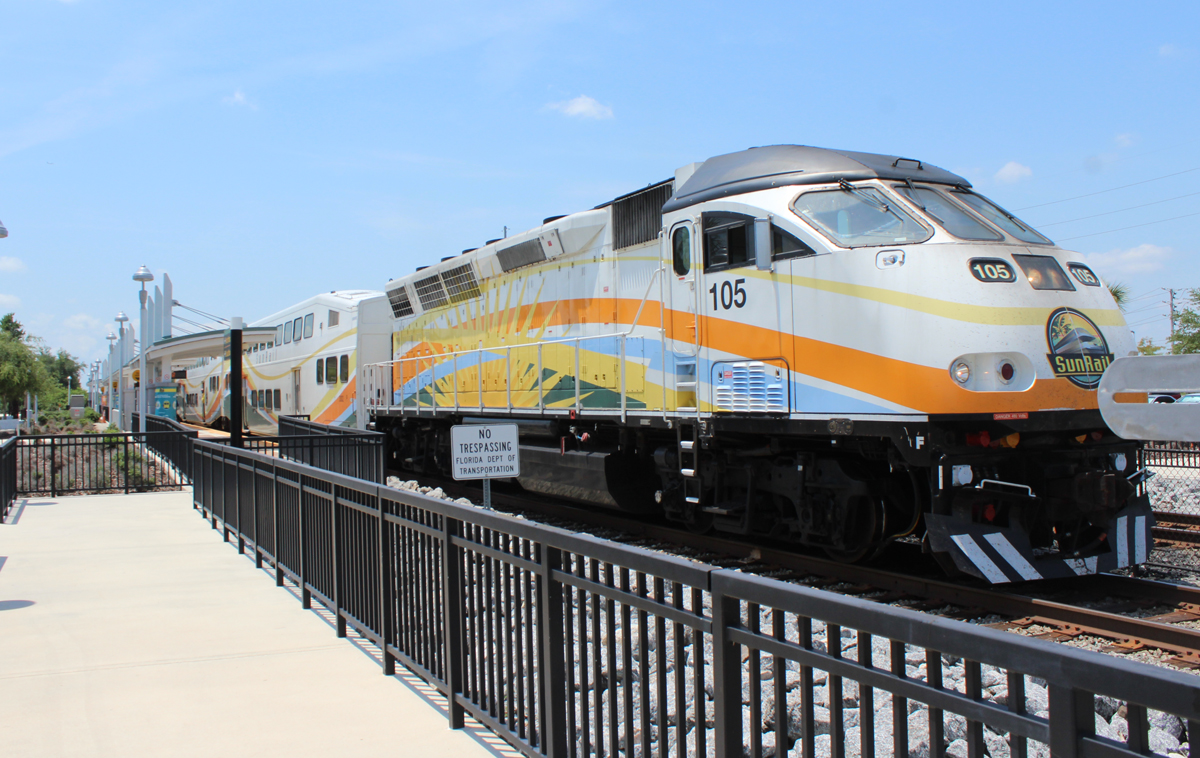




Anyone having a problem with this, likes to look at trains. Two people on board keeps me awake. If you want 1 person at the control stand (using the alerter like a snooze button), going through your town, then you have 0 respect for railroad employees. Let’s just get rid of all of them, put them on welfare, and see how well that goes.
Good comments above. It’s clear from above posts that some trains need at least two T+E. Not all trains.
That it has come down to a government edict is in a way admission of the system not working. I simply don’t understand why management, labor and Risk Management can’t sit down together and work this out. It’s very simple. Management dig in its heels for trains that clearly are safe with one T+E. Unions stand their ground where two T+E are appropriate. Sit down around a table and come to an agreement.
The Lake Megantic disaster: — It’s clear to me that this was a failure caused by a one-man crew and quite likely could have been avoided with a competetnt two-man crew. Whatever was saved by not having a second T+E was paid out in claims a many many many times over. If one-person crews are inappropriate in a given set of circumstances, then corporate risk management should get off its spreading ar$e and say so.
While many of you might be dumbfounded by this and think it might be political just wait a second. Believe me politics are a scourge on all of us but maybe just maybe the fra has a point and they actually have reasons for their rulings. The railroads want everyone to believe it’s political yet they’ve been using those same politicians to get their way for a hundred years plus now. Technology is grand but there’s a limit. Railroads aren’t video games and all computers will fail at some point. The fra has thousands of rules on the books and this proposal is another one of those. Passenger rail has never had no less than an engineer and conductor on all trains in this country, many long distance trains have at least two engineers and an assistant conductor on them. Short lines can still use a crew man in a truck to do switching, they just can’t require that same crew member to be only in the truck all shift. It’s unreal to me how misinformed or duped by the big railroads quite a few rail fans really are in their impressions of how trainmen and engine mens jobs really are. I’d invite everyone to take a week on a train in the real life of a train crew and form an opinion after that. I can’t stand government as much as the next guy but it’s a smart move and will not ruin this industry it’ll keep it together mark my words.
Good comments, all. Now let’s get real.
One. Ore trains in Australia are single commodity, all loaded or unloaded, and with a single type of car on well engineered, modern railroads. That would be comparable to a unit grain, coal or oil train. So far, so good. However, this comparison fails when mixed trains are brought into the picture. Mixed trains have various car types, with loads and empties thrown in for good measure, running over rail lines dating back to the 19th century.
Two. Single person crews are good for locations where roads and rails are close by. A single person crew is good for some short lines, such as Washington Eastern, as well, where the commodity is homogeneous and crossroads are frequent. However, single person crews are not viable in remote areas. If you think velocity is bad now, wait until a 14,000 foot freight breaks a knuckle in an inaccessible area and plugs a main artery for five or six hours.
Three. PTC is not an end-all. PTC is an overlay to existing systems. PTC identifies where the lead locomotive is located. It does not tell you where the end of the train is located. That can be problematic, as slack and improper wheel reports can vary the end of the train by hundreds of feet.
Four. Driverless trucks are not a panacea for transportation. Neither are fleeted or battery vehicles. In congested and mountainous territories, a live person is needed to drive the truck.
Five. Battery powered vehicles have a long way to go to be effective for long distance transportation, especially in mountainous terrain. The batteries have to have the Amp-hour energy equivalent of a diesel pulling 100,000 pounds up an eight mile long, six percent grade. The batteries also have to have the Amp-hour equivalent of a diesel in stop and go traffic; accelerating takes more power than braking replaces. How much tare will the batteries add to the vehicle? How many batteries will be needed to replace the potential energy in a 500 gallon diesel tank? How long will it take to recharge the batteries?
Six. Battery power replaces point-source pollution with non-point-source pollution. In 2021, 61 percent of the electric grid was fed from fossil fuel powered plants. The power plants fed a grid that is already near it’s maximum capacity. So, because we cannot see the exhaust from a point-source vehicle, we will feel much better about ourselves.
Seven. The true cost of electric batteries is never discussed. The environmental costs of extracting the raw materials is extraordinary high. The socio-economic costs to extract raw materials and producing the batteries are extremely high. The costs to dispose of the batteries is not even discussed. We live in an insular world, where the true costs of a product are never discussed. We go to a store or dealership and buy a product, never even thinking about where a product was produced, how it was produced, who produced it, or how it got there.
Eight. We elected these representatives, who then selected the people to run the various departments. Our bad.
And finally, one size does not fit all circumstances. The 193 page document linked in the article provides avenues to address many of the concerns noted above. However, the document is a draft and does not include the time frame for comment.
If railroads are mandated to have a crew of two in the cab while the trucking industry is allowed to go driverless, railroads as we know them will quickly be wiped-out from North America, save perhaps for some niche applications such as iron ore haulage. Is the STB ready to mandate a driver on every trucks?
That said, having a crew of at least two is desirable in many situations, just not all of them. Many railroads already successfully operate with only one person in the cab (some shortlines/regionals, iron-ore hauler QNSL and most passenger railroads, VIA Rail being an exception with its crew of two engineers). Could we learn something from these railroads?
Perhaps the final rule should consider the following factors to decide if a crew of one is allowed or not:
– Total length and tonnage of the train at any point of the crew’s trip
– Train type (unit, intermodal, mixed)
– Power characteristics (AC vs DC, HP/ton, DP position in the train or lack thereof, etc.)
– Likelihood of train separation (depending on terrain and train composition)
– Amount and types of dangerous goods on the train
– Amount of work en-route (pickups or set-outs)
– Easiness of road access to the rail line
– Signaling types, or lack thereof (CTC, PTC, ATC, TWC, etc.)
– Fatigue level of the crew (for instance, if operating single, an engineer should perhaps be required to have at least 12 hours off instead of 8, and work on more predictable rostering patterns).
When all those factors are weighed-in and depict a favorable safety outlook, one could argue that some trains could safely be operated with a lone engineer, with a roving conductor on the ground to help as needed.
That, however, certainly does not include PSR-style 12000′ mixed freight trains with 0.5hp/ton, an uneven distribution of loads and empties, carrying toxic-inhalation hazards and anhydrous ammonia, operating on a TWC main line bisecting mountainous territory with little or no road access, and a crew that had been off for a mere 8 hours since the end of their last shift. Actually, for those, a two-men crew most likely isn’t enough.
How does this affect passenger/ commuter trains which routinely run with one driver on the flight deck? Every commuter agency in America is a dollar bill this side of bankruptcy. Two crew in the cab deck won’t help.
Also in case FRA doesn’t read TRAINS MAGAZINE, many railroads are now moving to a conductor in a pick-up truck or SUV shadowing several one-driver trains in his/her territory. It’s called this: technological progress.
This will cause more harm than good on the regionals, which depend heavily on crew size and flexibility.
Typical pandering during an election year. We’ve heard this arguments every time they eliminated a position & yet things got safer. PTC has all but eliminated the need for two people on the head end. The remaining ground work could be handled easily by a roving ground man.
I personally am glad they made the decision to keep the conductor on the engine, many outside the industry haven’t a clue what being out on the road on a train entails and what a mess it would be without someone else in the cab. It’s not just a matter of safety, it’s a matter of practicality because believe me not a day goes by that the need for a conductor isn’t proven. The class ones don’t want any outside the industry to understand that and keep that fact buried by using the catchwords of the day like technology and autonomy. Those all are good and great in certain doses but the scare tactics the railroads are threatening the unwashed masses with like it’ll ruin the industry if we don’t get our way is completely misguided. Railroads will only get more relevant in a society going greener by the day and trucking will only get less popular no matter what runs those trucks be it battery or diesel, the fact remains they tear up infrastructure that tax payers are getting tired of paying for and railroads will always be able to move massive amounts of freight for really cheap. There’s another factor I just thought of, trucking is relatively expensive( it’s no secret) yet convenient so is used more often than not compared to railroading yet in an environment of inflation as we have and fuel prices the way they are and will be for awhile yet all trucking will do is add to cost to the pocket book . Now I understand to a degree that what’s happening is temporary regarding inflation and such but it’s just another example where railroading and the massive amount of freight it can move for cheap can help to relieve pressure on the picket book. So in short no matter what the class ones will want the public to believe two crewmen in a cab will not bankrupt an industry and railroading will only be more important to the country as the years go by. The only thing that could possibly ruin this industry is internal moves made from the top brass to purposefully do it to get some sort of agenda driven somewhere down the road but that’s how business does things and they’ll blame the workforce because the workforce is always an easy target.
What happens when you have a driverless battery powered truck? Don’t laugh, the driverless truck is already here and running on the Interstate system down in the Southwest between Arizona and New Mexico, just wait until they replace the current diesel tractor with a battery powered tractor, and there goes the cost way down and it won’t matter about the volume the railroads can move, not when you can move it in a truck door to door without a human being at the controls and running on batteries.
I want to see a computer take your Job away. I got a solution!!! Pay more taxes!!! Less jobs=more social assistance. Railways make billions, cutting jobs only provides more cash for Wall Street, not saving the customers so much as a single penny.
With the size of trains being run now, one person can’t always see what is going on. I’ve been wondering how long these monster trains will run until there’s a large derailment in a populated area.
I don’t care if they run in unpopulated areas, but the Australian ore haulers are running trains that can be twice as long as what we see in the U.S. with almost minimal incident, including Rio Tinto who’s running their trains crewless. So in this case the railroads are correct, the technology is there for one person and no person crews, it just needs to be used correctly.
Have the conflicting view, setting a blanket two man crew in stone when we have the means & technology to do with less just more regulation. I think we are always better off with choices. However, Railroads have created massive trains never seen on the rails today. You wonder how much faith and trust to safely move these monsters to give Railroad executives and technology. A double edge sword.